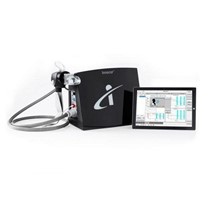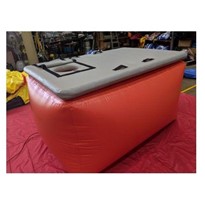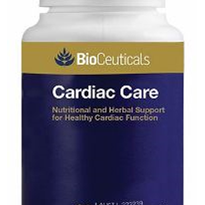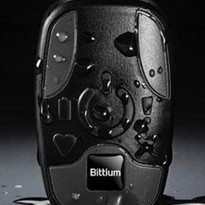Cardiac arrest happens when the electrical signals that control the heart's movements malfunction, causing the heart to stop beating. As a result of this, the person faints and their pulse becomes undetectable.
CPR and defibrillation are vital for treating cardiac arrest.
Public spaces often have defibrillators, called AEDs, and if there is none available it is important to know how to do CPR until emergency responders arrive and administer defibrillation
After receiving emergency treatment for cardiac arrest, the person will need ongoing care. A doctor may recommend surgery, medication, diet or lifestyle changes, or a combination. They will have to create a long-term treatment plan.
Read more about the symptoms, treatment, and risks of cardiac arrest by going to this link. https://www.medicalnewstoday.com/articles/cardiac-arrest#what-to-do
(This is an American article, so please remember to call "000" for emergency services in Australia)



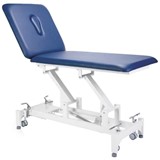

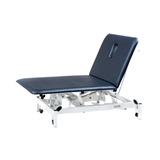
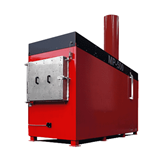



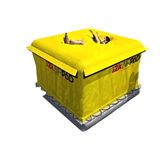

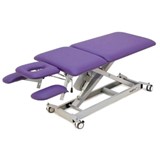
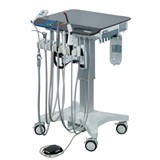
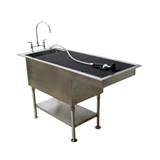

-205x205.jpg)
-205x205.jpg)



-205x205.jpg)
-205x205.jpg)
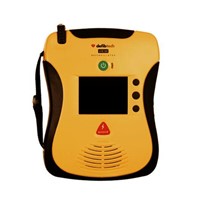

-205x205.jpg)


